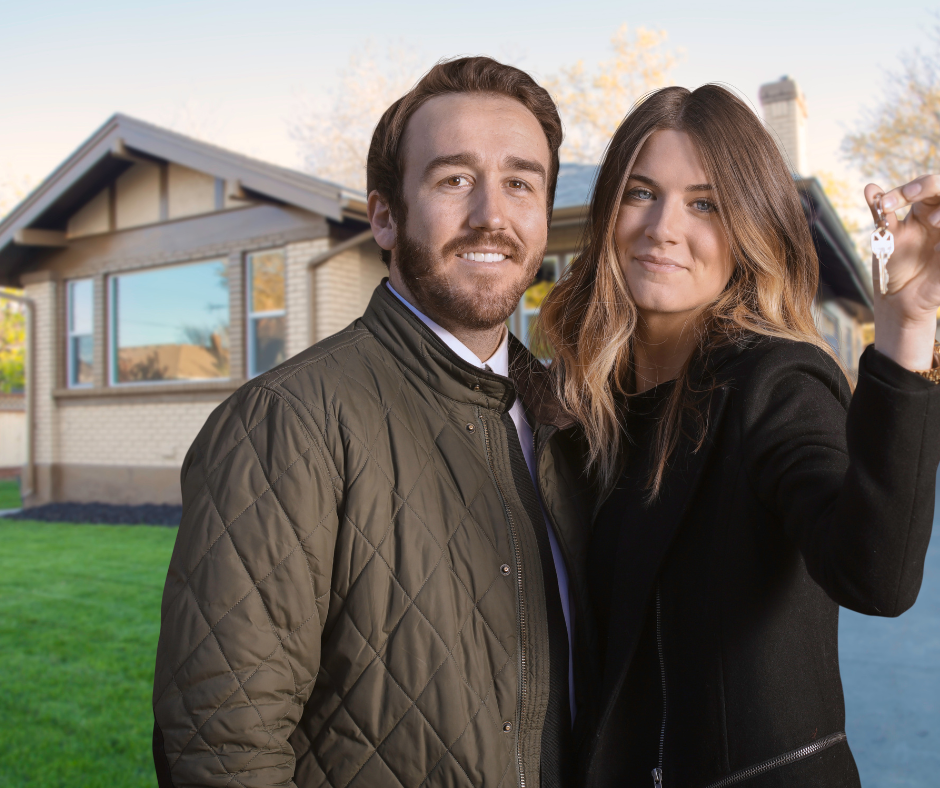One of the latest trends that have spread across the housing market over the past year is an influx of buyers searching for homes in the suburbs. This trend is due to the largest group of buyers (millennials) looking for starter homes outside of the city. It is also due to the recent global pandemic, which allowed for more remote work and a desire by some homebuyers to prioritize a quiet living environment far from the bustle of urban life.
Purchasing Your “Second” Home First

Regardless of the reason, the suburbs have become increasingly popular for homebuyers. However, the increased demand along with record low mortgage rates and low inventory has sparked a huge influx in home prices, especially in the suburbs. Some suburban areas have seen an increase of over $60,000 in home prices in the past year.
As if purchasing a home for the first time wasn’t difficult enough with the difficult task of saving money for a down payment or finding a way to make a cash offer, now first-time buyers are struggling to find and afford available homes. The difficulty of home buying has left approximately 15% of all first-time home buyers shut out of the housing market.
But rather than wait for home prices to fall or search in urban areas, some first-time homebuyers are getting creative and setting their sights on remote locations. These homebuyers aren’t searching for the main residence in remote locations. Instead, they are looking for a “second” home as an investment or part-time vacation home while continuing to rent in the city.
Trending
Buying a “second” home first isn’t happening sporadically. It is a trend that 64% of real estate agents have seen or heard of.
So what is driving these buyers to search in remote locations for their “second” home? The most obvious reason is pricing.
A HomeLight survey of over 900+ top real estate agents nationwide revealed that 95% of agents believe that we are still in a seller’s market. This number is down from the first quarter of 2022 but only by 3%. This means there is still plenty of competition for suburban homes and low inventory that is going to keep home prices high.
Limited inventory means prices are not going to fall fast enough for buyers with a limited budget. First-time buyers who are unable to move to the suburbs due to limited inventory and record high home prices are moving their search a bit farther and finding reasonable home prices they can afford. But why the push to purchase a home that isn’t in the suburbs or your most desired area?
Remote Location
Purchasing a “second” home in a remote location can save you money. Nationally, buyers who purchase their second home first in a remote location save close to $76,000. In the Pacific region, buyers can save even more with an average savings of $177,102. A third area where remote locations offer high savings is the South Central region, and more specifically, Texas. Home buyers can save an average of $139,000 by purchasing a “second” home first. Areas where savings are lower include the South Atlantic region and the Mountain region, which still see savings of approximately $45,000.
In addition to purchasing in a remote location to save money, home buyers are also purchasing as a way to begin the process of wealth building. Buying a home is a great way to start building wealth for yourself and your family. The home you purchase is going to build equity. As your home’s value increases, you will be able to use the equity from your home to purchase a different house eventually.
Essentially, your “second” home will give you a foot in the door for future home buying. With established equity and good credit, purchasing a home in the future will be much easier than purchasing the first home.
Using it as a Rental Property
Not only do remote locations offer lower home prices, but they also offer a chance to use the home as a rental or vacation home. Some buyers are looking for a “second” home in a remote location and plan to use their home as a vacation rental.
Websites such as Airbnb and Vrbo make renting homes for short-term vacations easy. In addition, using your “second” home as a vacation rental will offset the monthly mortgage payments.
For those that are hoping to use their “second” home as a vacation rental, it is imperative to buy in the right area—purchasing a property just outside of a major destination area or city such as New York, San Francisco, Denver, Seattle, etc. A “second” home that is close enough to an area with vacation appeal but far enough for lower home prices will make it a perfect vacation rental. It will also stay within your budget.
The best option, if you are considering purchasing a “second” home in a remote location is to speak to a trusted real estate agent. He or she will direct you to remote locations that have lower home prices. They can also direct you to an area where the home you purchase could also be used as a vacation rental.
Other Posts You Might Enjoy:
Boost Your Income from Your Vacation Rental Property
5 Perks of Booking a Vacation Home in Sea Isle City, NJ





